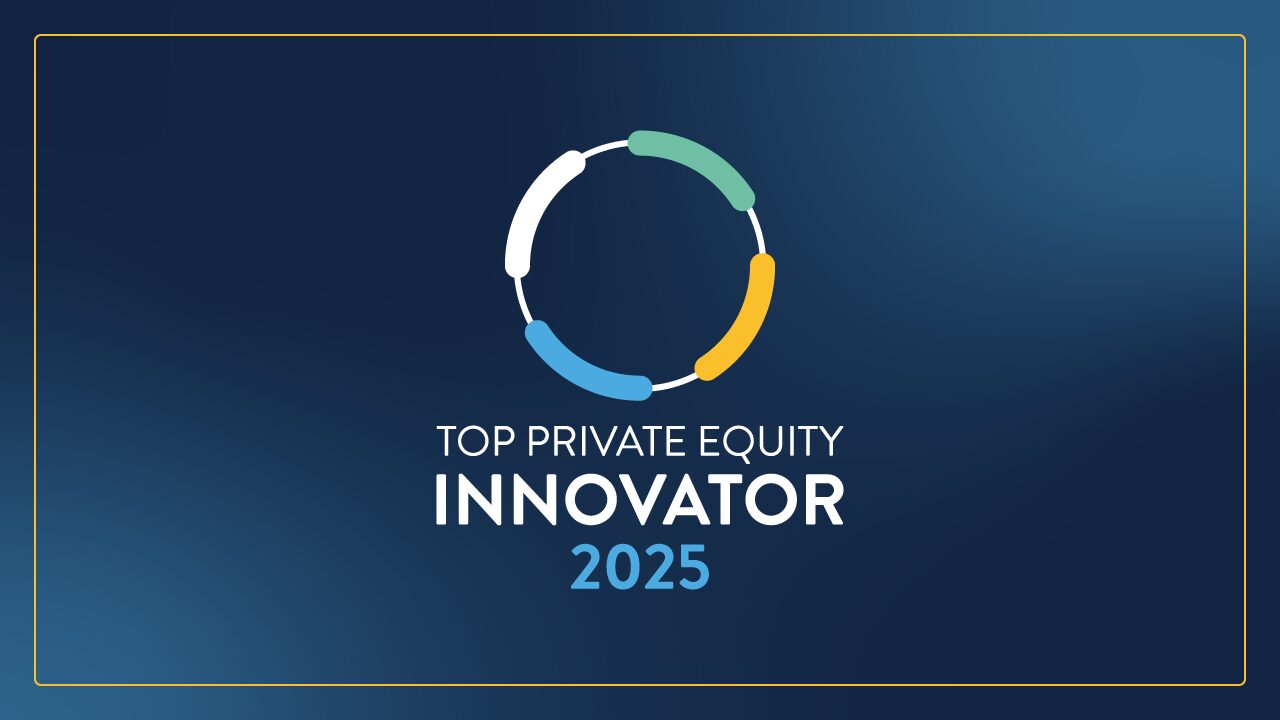Mergers and acquisitions are complex processes that require due diligence in multiple areas. Information technology (IT) due diligence – a thorough evaluation of the target company’s IT assets, systems and processes – is one important aspect.
The goal is to identify any potential risks or opportunities related to the target company’s technology and make informed decisions about the transaction.
“It’s important to understand how well a company is using technology or how much of a risk or liability it’s become to a company,” BluWave Head of Technology Houston Slatton says.
One example of something companies look out for in IT due diligence is “technical debt.”
We’re going to get into more detail, though. Let’s talk about the importance and process of IT due diligence in mergers and acquisitions, especially as it relates to private equity.
READ MORE: Hire an Interim CTO

IT Due Diligence Overview
IT due diligence in M&As typically involve the following steps:
Preparation
The acquiring firm or company must define the scope of the process, identify key stakeholders and set expectations.
An IT DD team should have relevant skills and experience, set clear goals and expectations and determine the right timing for it to happen.
This lays the foundation for an efficient and transparent process from start to finish.
“To a certain degree, every company is a software company now,” Slatton says. “Technology is now critical to the functioning of every business, whether it is selling software or building widgets.”
Information Gathering
Collecting data on the target company’s IT systems, assets and processes is the next step.
This entails conducting a comprehensive review of the target company’s systems, processes and infrastructure, as well as its software and application inventory.
All of this will be crucial to helping you make informed decisions about how the assets may impact the M&A transaction.
Asset Evaluation
Now it’s time to assess the value and functionality of the IT assets.
This includes both custom-built and commercial software and applications, as well as hardware, infrastructure and data management systems.
When evaluating these, consider their functionality, reliability, scalability and compatibility with your own systems and processes. Do they add something completely new? Is there a lot of overlap?
Look at how they may impact your organization post-acquisition, too. Both in terms of cost and integration into your existing IT environment.
READ MORE: The Power of AI, Data Analytics in IT Due Diligence
Contract Review
The next step is to evaluate contracts and agreements.
This means everything from contracts with vendors to service providers to other third-party partners.
The goal is to identify potential legal and contractual risks or obligations that may impact the deal.
This will also help you negotiate better terms and conditions, if necessary.
Risk and Opportunity Identification
Identifying any potential risks or opportunities related to the target company’s IT systems, assets and processes comes next.
You might start by assessing the impact of the assets on your own organization, as well as considering any risks or opportunities associated with the transaction as a whole.
Recommendations
Last but not least, you will present the findings of the IT due diligence process to make the most informed decisions possible.
This may include how best to integrate the target company’s assets into your own organization. Or measures that should be taken to address any identified risks or opportunities.
This final step helps ensure that the transaction goes as smooth as possible, and everyone is on the same page once papers are signed.
The BluWave network is full of expertly vetted service providers who have helped hundreds of PE firms with IT due diligence.
“The better service providers will look at how well a company uses a tools they have and how well they have enhanced them to meet the needs of the business,” Slatton says.
Contact us to set up a scoping call, and our research and operations team will provide two or three tailor-made resources within a single business day.


